Dealer suspected of selling looted antiquities to the Metropolitan Museum of Art and Louvre Abu Dhabi detained in Paris
Roben Dib was arrested in Hamburg last week and has now been extradited to France
The gilded sarcophagus of Nedjemankh, which was returned to Egypt in 2019
Courtesy of the Metropolitan Museum of Art
Roben Dib, the dealer suspected by US and French authorities of playing a central role in the sale of allegedly looted antiquities to museums such as the Metropolitan Museum of Art in New York and the Louvre Abu Dhabi, has been arrested in Hamburg and transferred to France to face charges.
According to official sources, Dib has been charged for gang fraud and money laundering by the Paris judge Jean-Michel Gentil and is being held in detention following his arrest last week. Dib's transfer from Hamburg, under a European arrest warrant, was revealed by the satirical French publication, The Canard Enchainé.
In 2020, the French expert Christophe Kunicki and his husband, Richard Semper, were arrested and charged in Paris for an the alleged large-scale trafficking of looted artefacts from Egypt and the Middle East, before being held under house arrest in south-western France.
Kunicki sold a golden sarcophagus to the Met in 2017 for €3.5m. In 2019, the museum apologised and returned it to Egypt, after a criminal investigation exposed serious flaws in the Egyptian department's provenance check. In his report, Colonel Matthew Bogdanos, an assistant district attorney in Manhattan, stated that the sarcophagus came from the German-Lebanese dealer Roben Dib and the Simonian brothers, with a "forged" provenance. The same year, the District Attorney also seized an Egyptian stele on its way to being exhibited at Tefaf New York—it was also returned to Egypt.
French investigators also suspect Dib of having sold (via Kunicki) five major Egyptian works to the Louvre Abu Dhabi for more than €50m, including another golden sarcophagus and a Fayum portrait. The museum has never made any comment, but Dib tells The Art Newspaper that Bogdanos's reports were "complete lies". According to him, the artefacts came from the late Simon Simonian, who was a dealer in Cairo from 1969 to 1984, and all had legitimate export documents dating to the 1970s.
-- Sent from my Linux system.
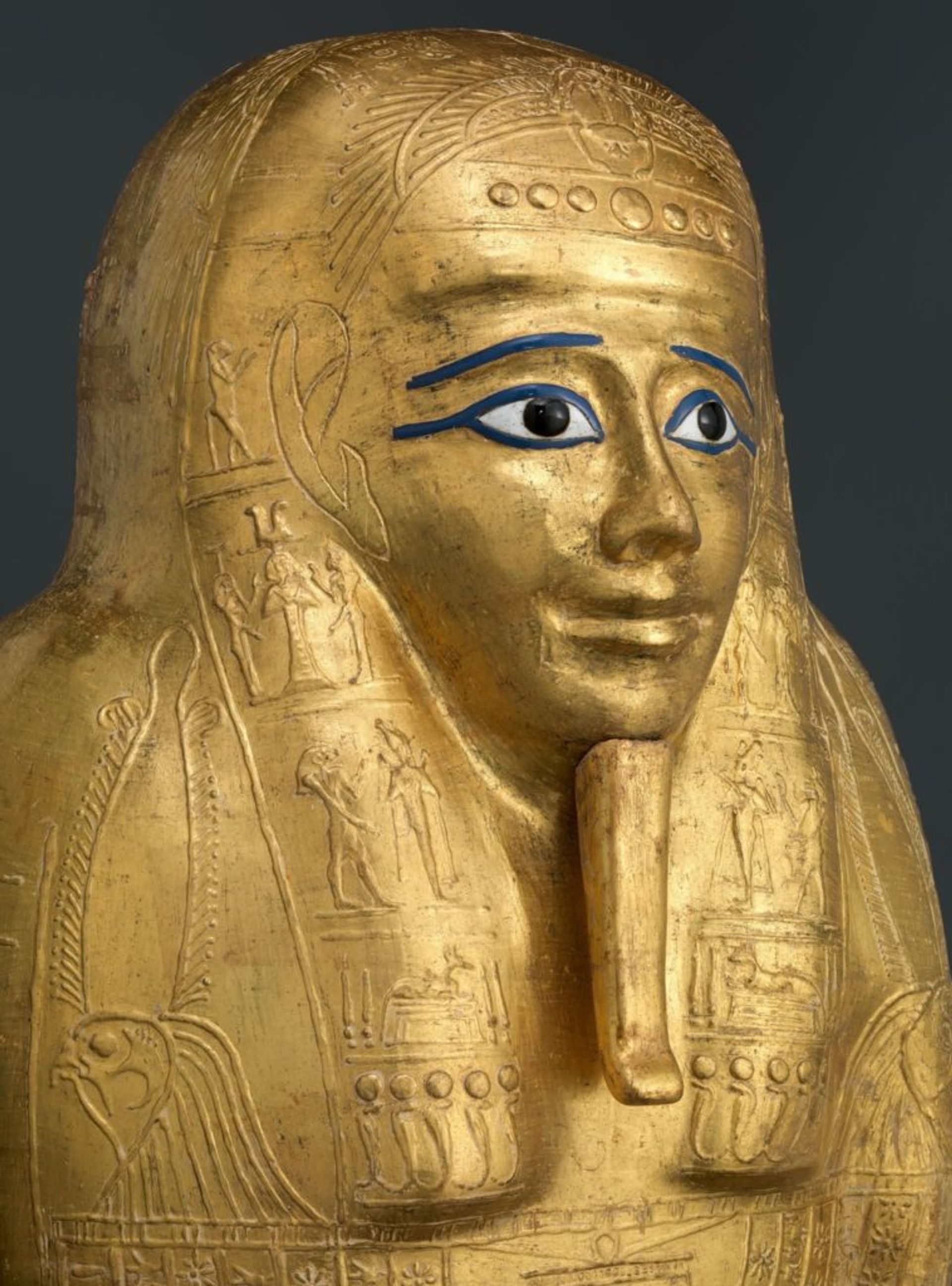






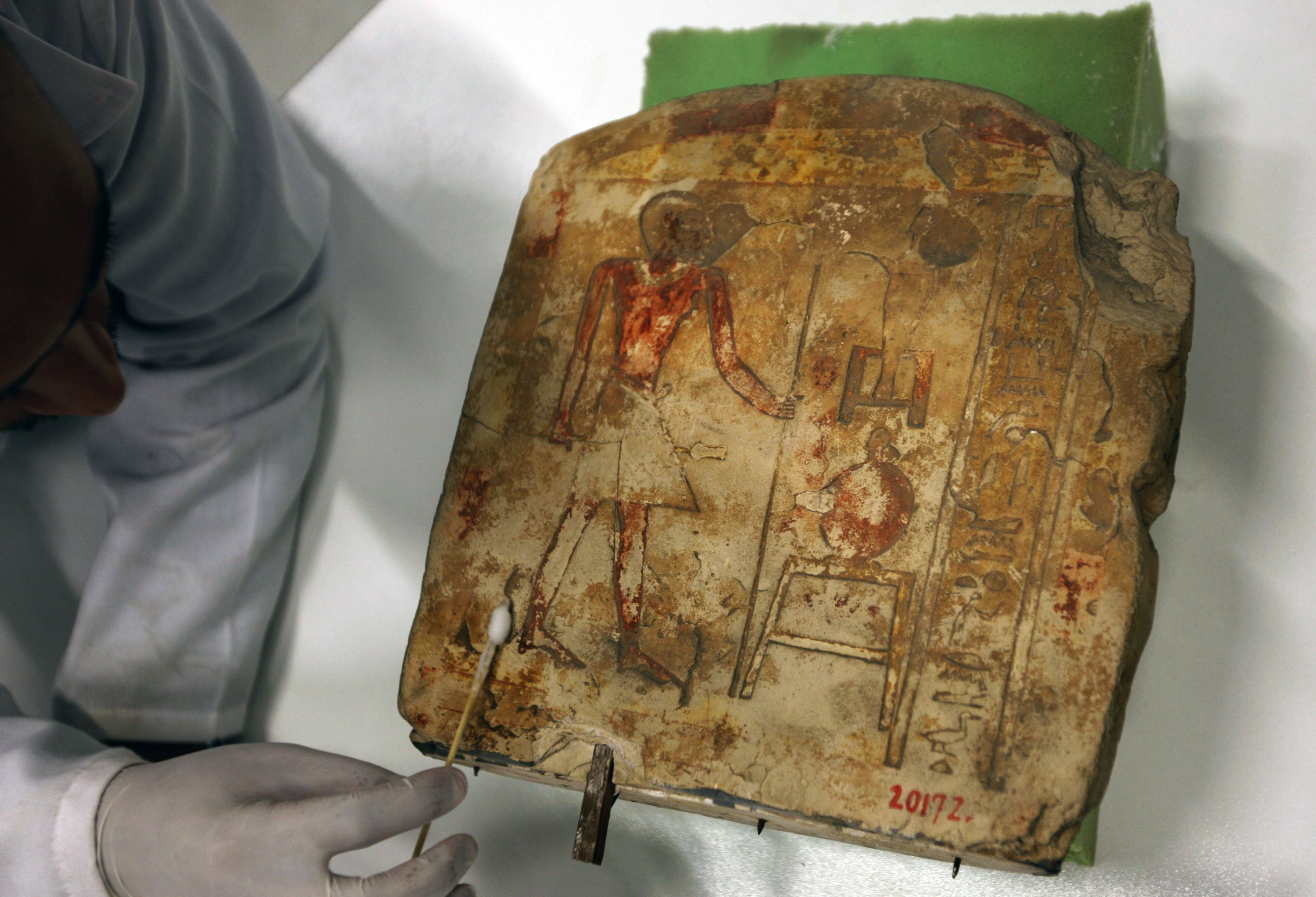
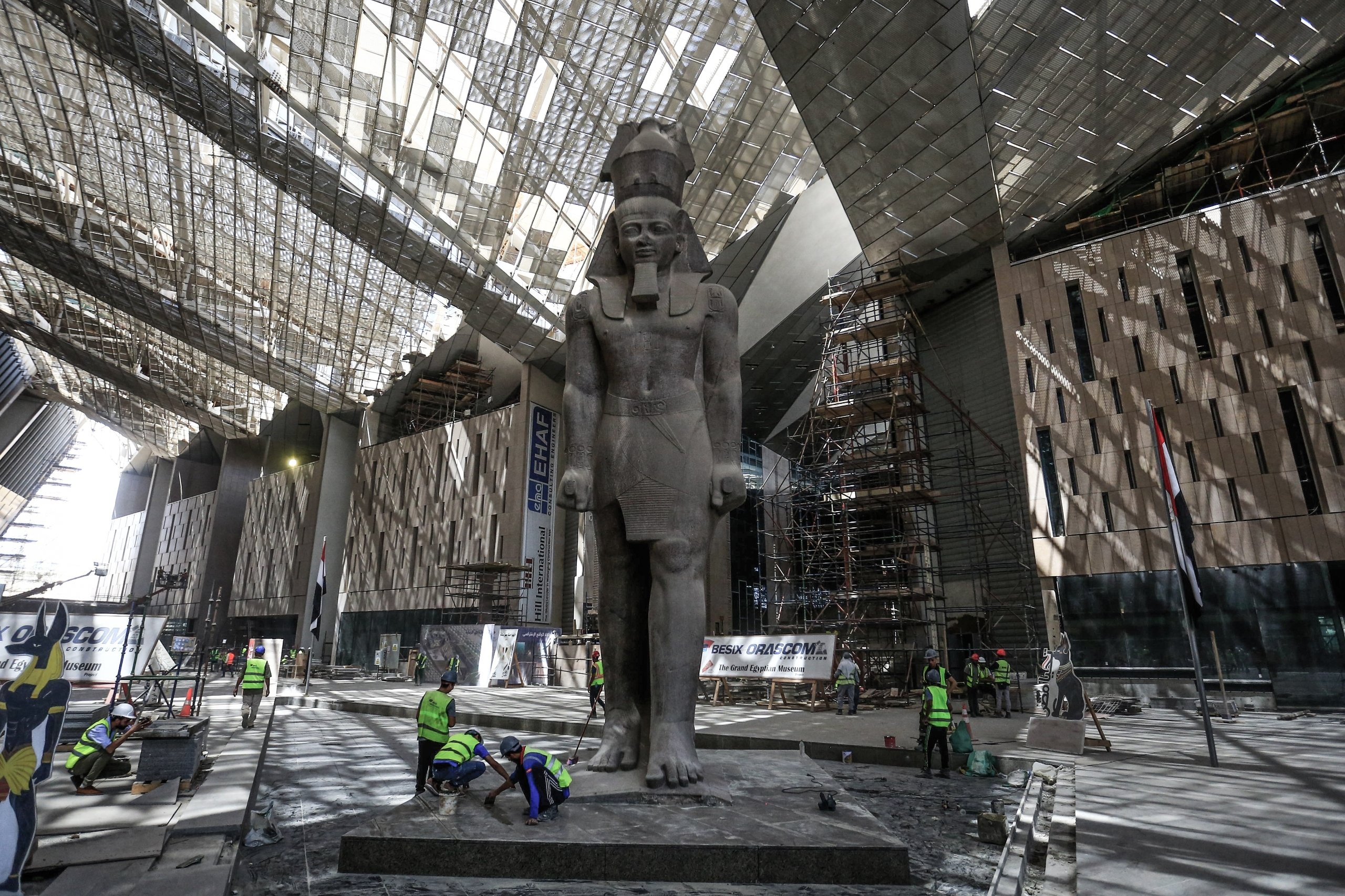
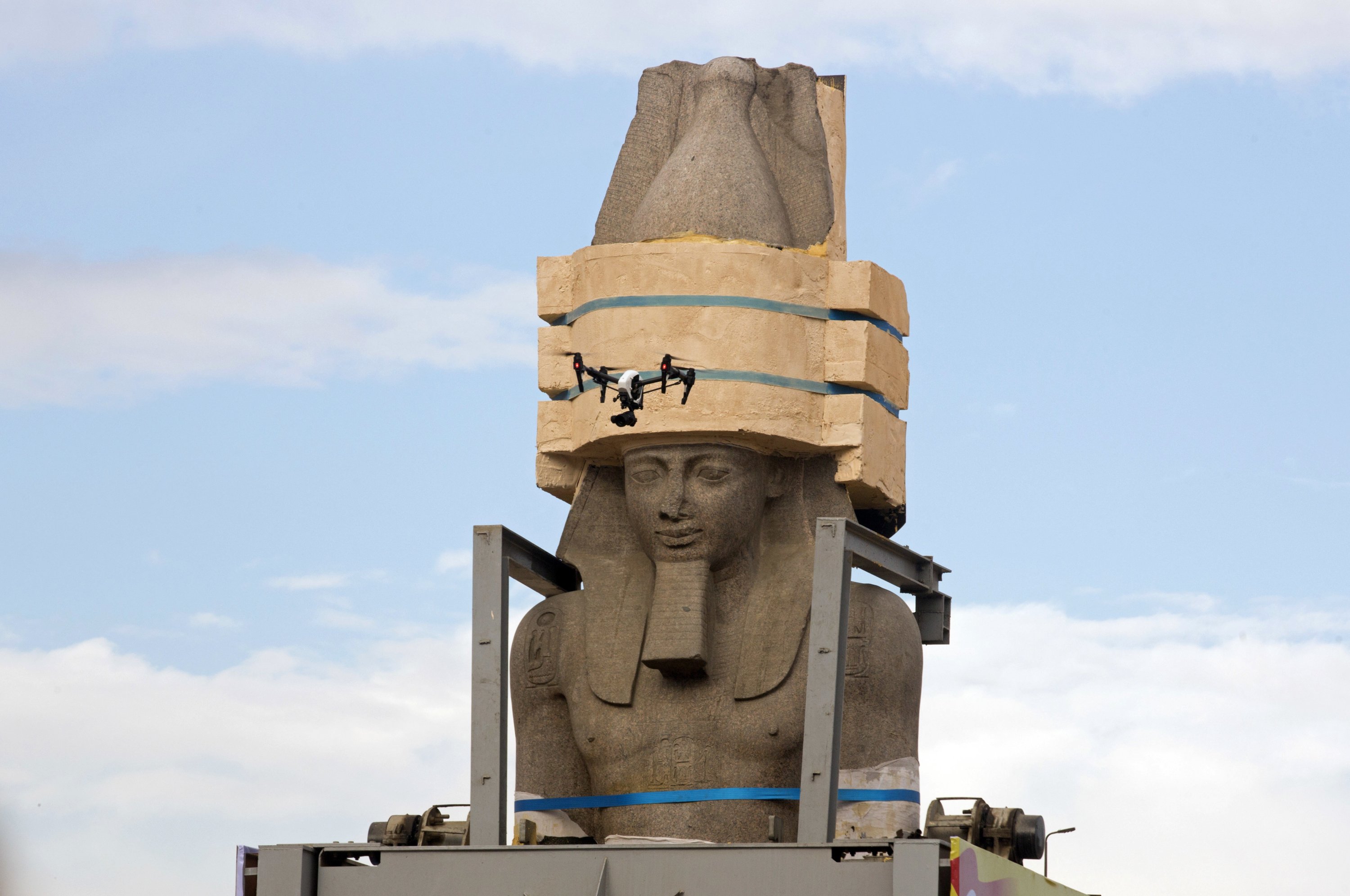
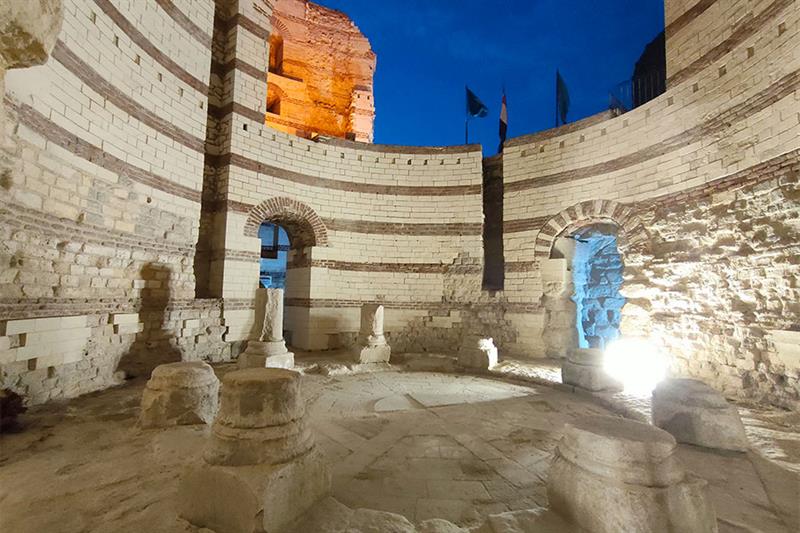
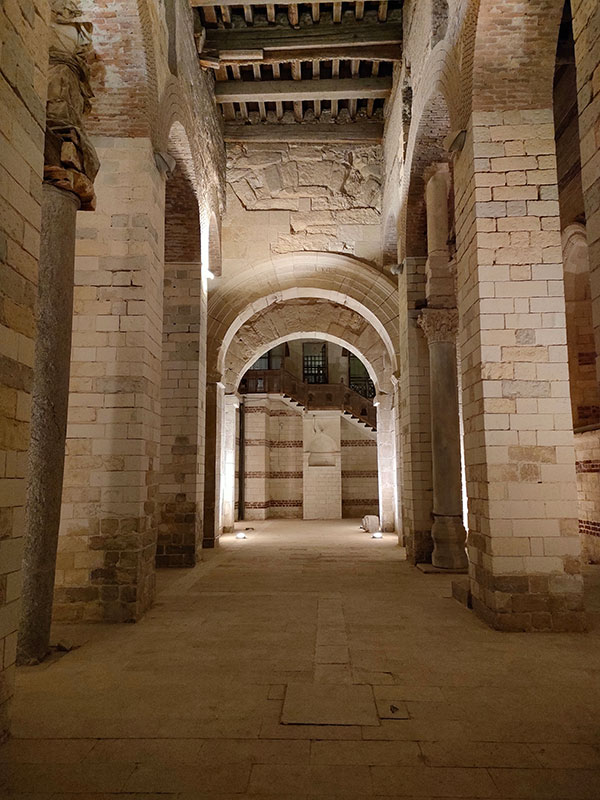
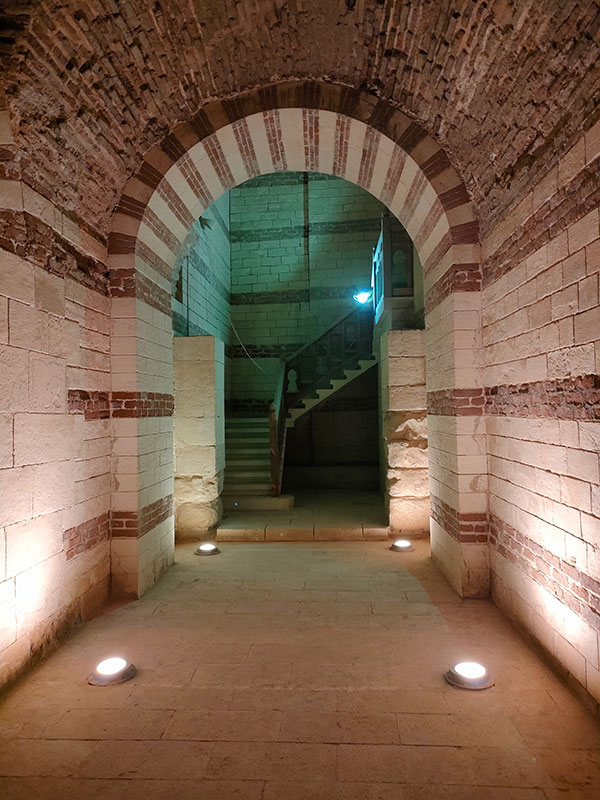

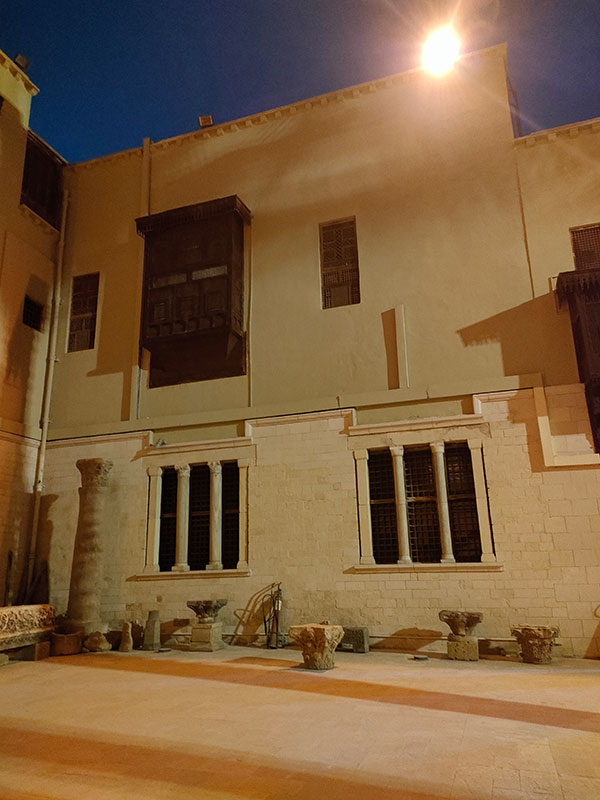
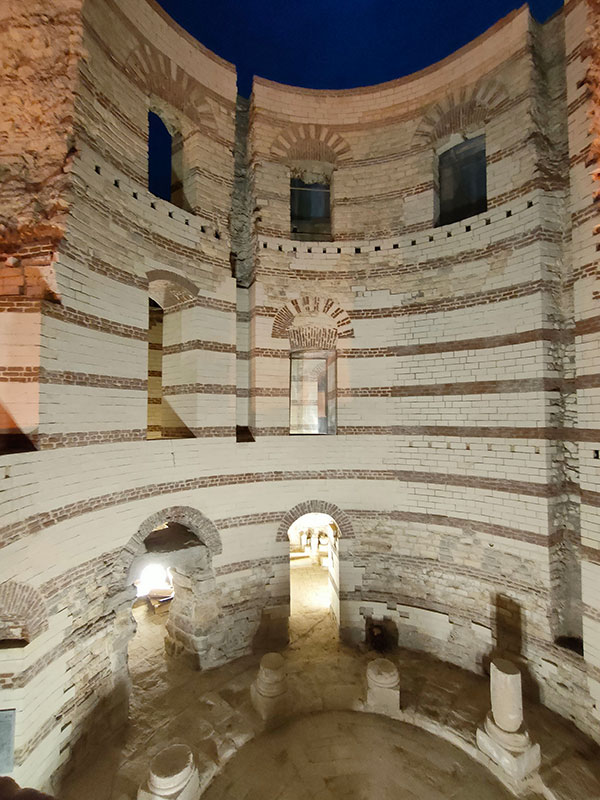

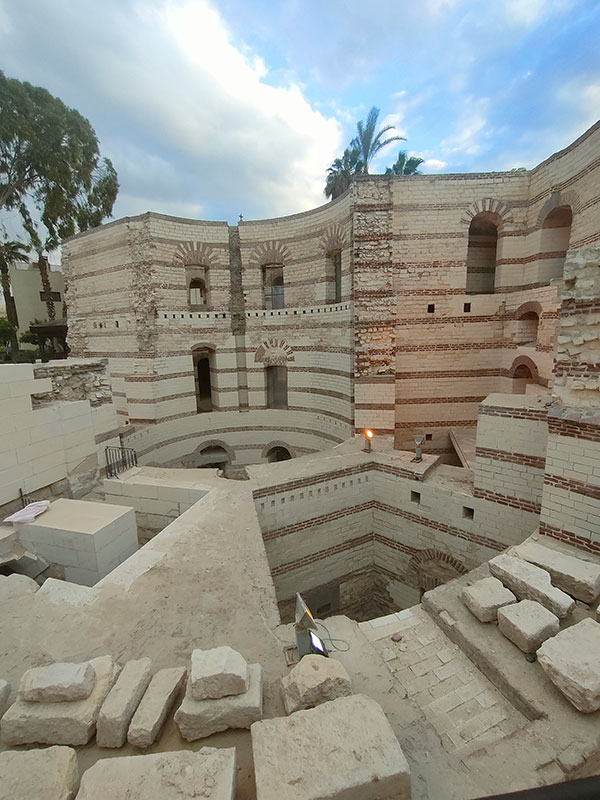




 -- Sent from my Linux system.
-- Sent from my Linux system.